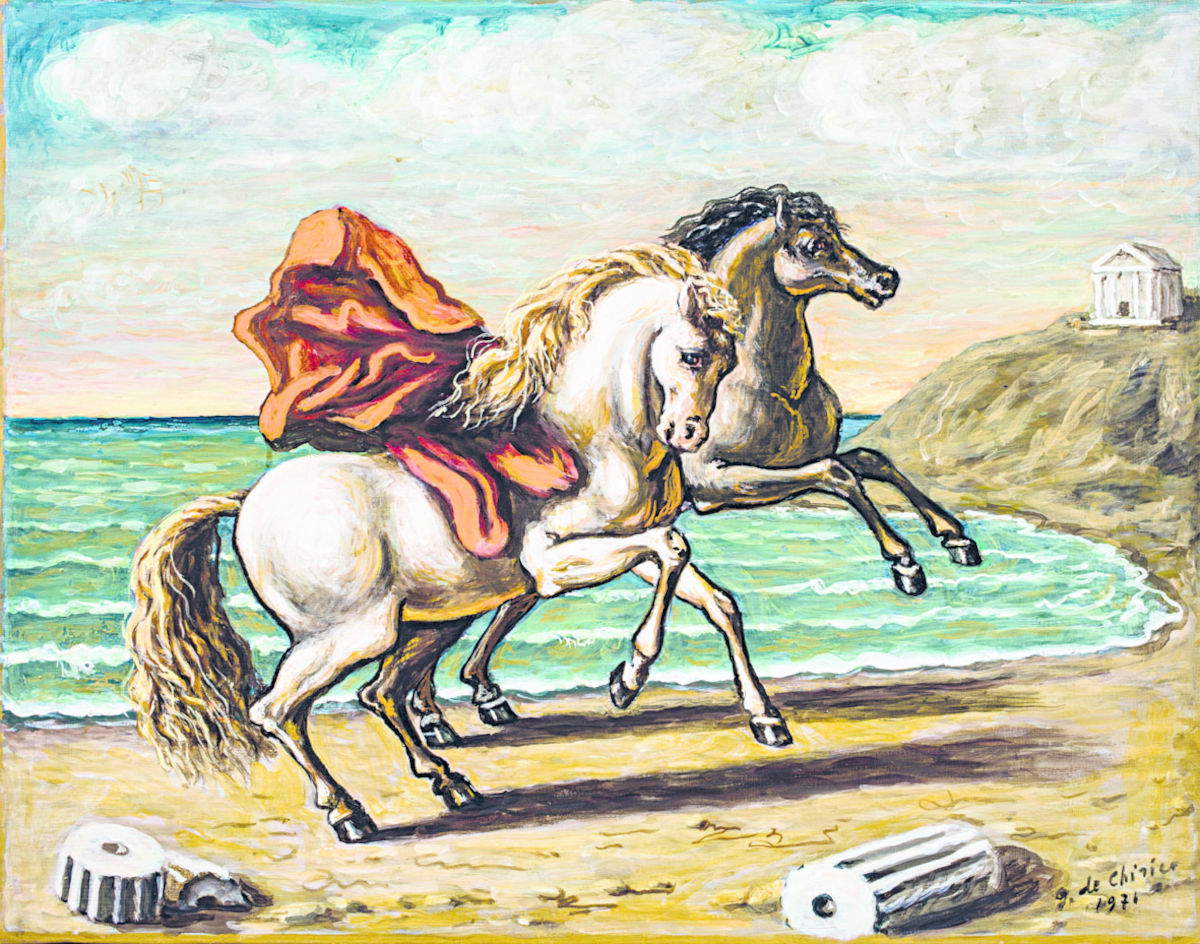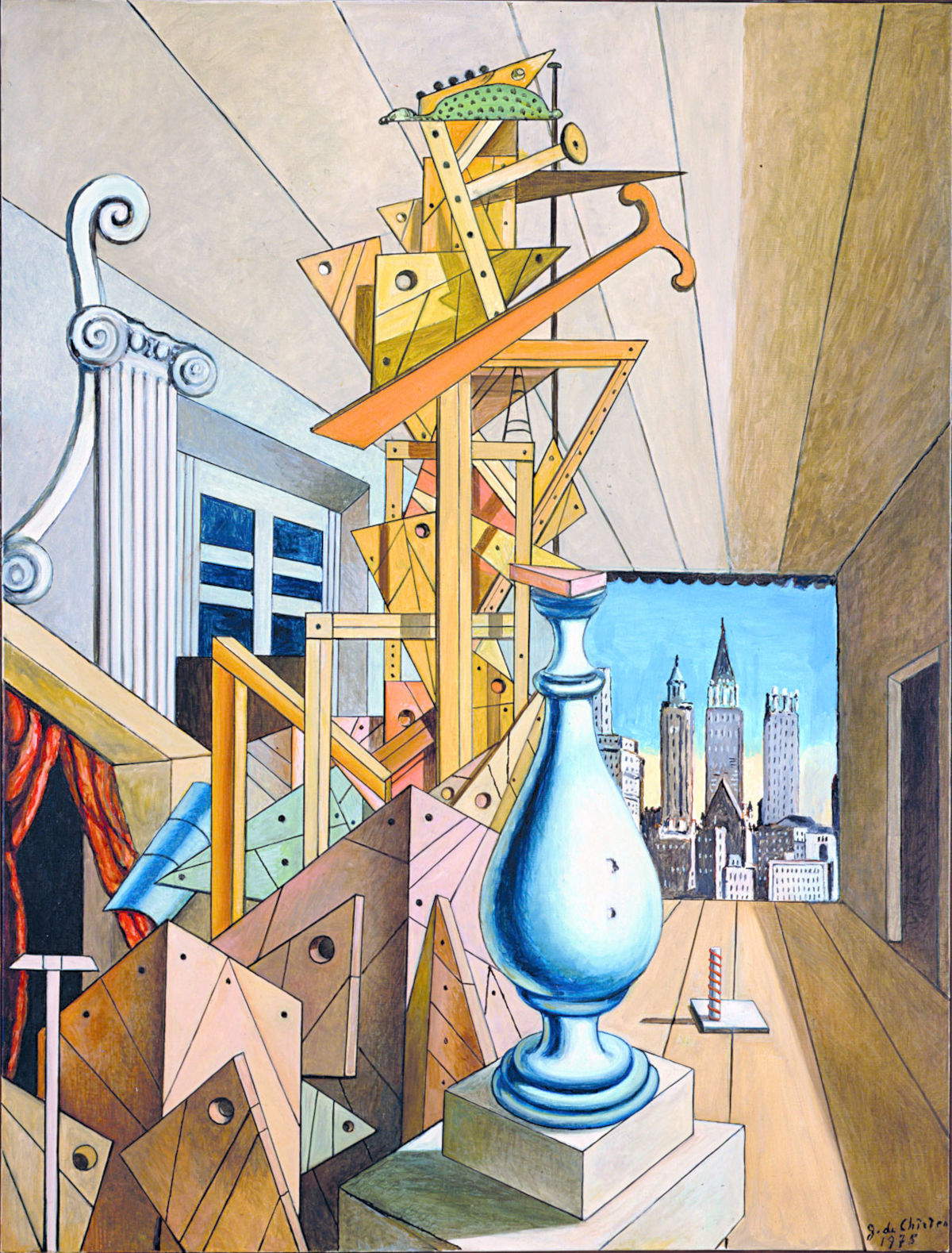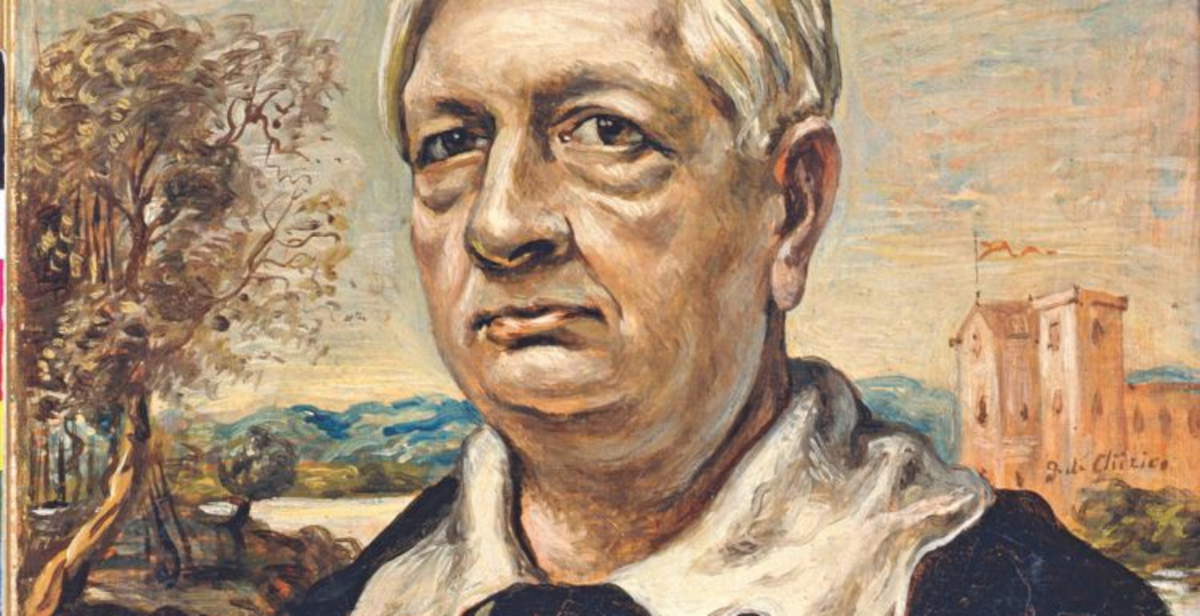From November 29, 2025 to April 12, 2026, the Palazzo dei Musei in Modena will host the exhibition Giorgio de Chirico. The Last Metaphysics, curated by Elena Pontiggia. The exhibition, promoted by the City of Modena in collaboration with the Giorgio and Isa de Chirico Foundation and produced by Silvana Editoriale, offers a path through the painter’s last creative phase, collecting fifty works from the Foundation itself. The initiative represents an opportunity to analyze the poetics and artistic language of one of the protagonists of twentieth-century painting. The exhibition focuses on the decade 1968-1978, a period in which de Chirico, in his eighties, inaugurated the so-calledneo-Metaphysical season. In this period, the artist returned to themes, figures and motifs already present in his production from the 1910s to the early 1930s, such as mannequins, squares and enigmatic objects, reinterpreting them with a more playful language and a vision free of the tragic tension that had characterized early metaphysics. Neo-metaphysics is not mere repetition: it is distinguished by a livelier palette, an ironic lightness, and sharper painting based on drawing and the clear construction of forms.
“De Chirico’s metaphysics of the 1910s,” says curator Elena Pontiggia, “wanted to express the enigma, incomprehensibility and absurdity of existence. In that of the 1970s, the feeling of the meaninglessness of the universe is attenuated, and it is observed with ironic detachment.”


Works in the exhibition include Hector and Andromache before Troy (1968), The Astrologer (1970), and Sun on the Easel (1973). In these works, such as The Secret of the Castle, Metaphysical Interior with Pears and The Secret of the Bride, de Chirico reworks his inventions in a mature and ironic key, replacing the existential anguish of his early years with a more serene vision of life. Play and creative freedom become central to his final painting, as memory and the present merge into a poetics of eternal return. The cultural and philosophical context of the time does not directly influence the artist, but dialogues ideally with his production. Herbert Marcuse’s philosophy values play as an expression of freedom, and Pop Art brings colors to a new vitality; in parallel, de Chirico adopts a limpid brushstroke, glazed colors and simplified forms. The exhibition thus documents a concluding and original phase of the creative journey, in which art becomes a reflection on life and time.
The Neo-Metaphysical period was recognized as early as 1968 by Dino Buzzati, who reviewed the Milan exhibition at Alexander Jolas’s gallery, emphasizing the freshness and sincerity of the new production. In 1970 German curator Wieland Schmied uses the term neo-Metaphysical period to define the season of return to metaphysical themes with a renewed spirit. Renato Barilli, in Presenza assenza (1974), elaborates on the value of de Chirico’s final painting as a coherent meditation on the museum and as a different repetition, while Maurizio Calvesipublishedin 1982 La metafisica schiarita, a fundamental text on the artist’s last phase. The exhibition concludes by offering a reflection on the role of neo-metaphysics as a serene response to time and human destiny, a play between memory and invention that testifies to de Chirico’s intellectual vitality in the last years of his life. The exhibition is accompanied by a catalog published by Silvana Editoriale, with contributions by curator Elena Pontiggia, Ara Merjian and Francesco Poli, who explore the context and significance of the artist’s final phase.


 |
| Giorgio de Chirico in Modena: the last season of neometaphysics on display |
Warning: the translation into English of the original Italian article was created using automatic tools. We undertake to review all articles, but we do not guarantee the total absence of inaccuracies in the translation due to the program. You can find the original by clicking on the ITA button. If you find any mistake,please contact us.